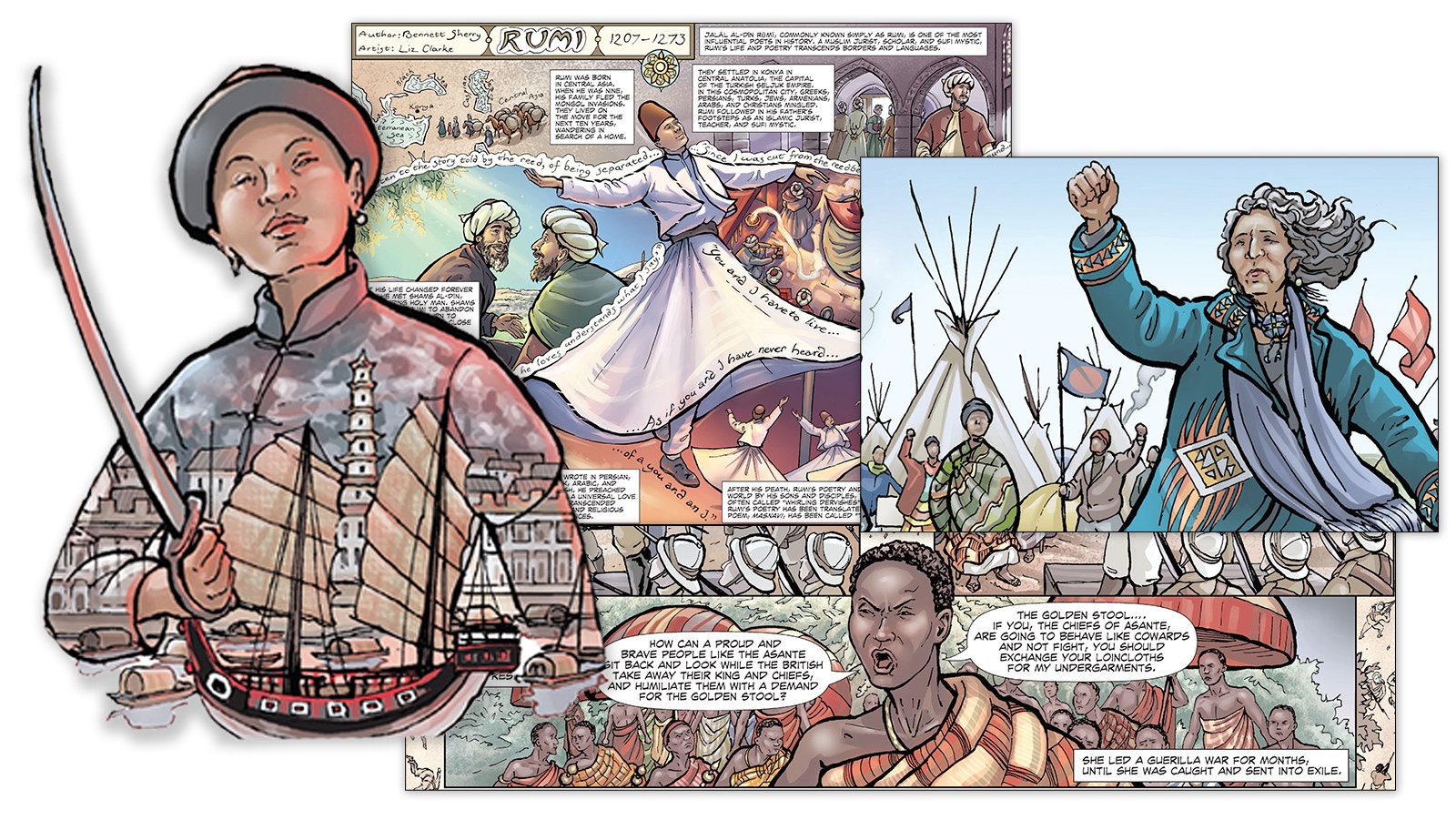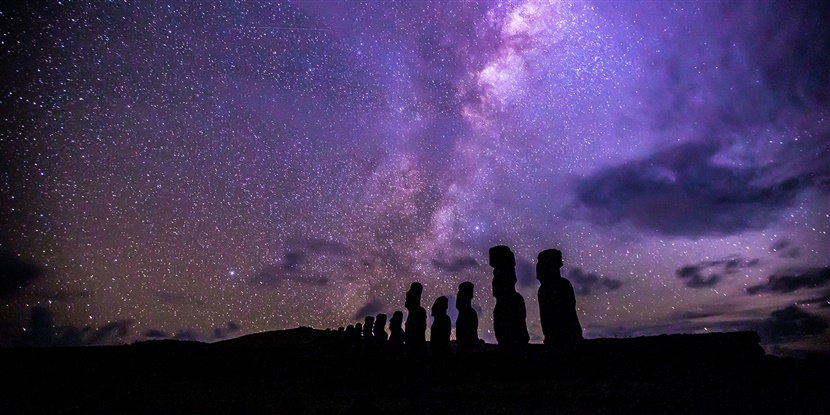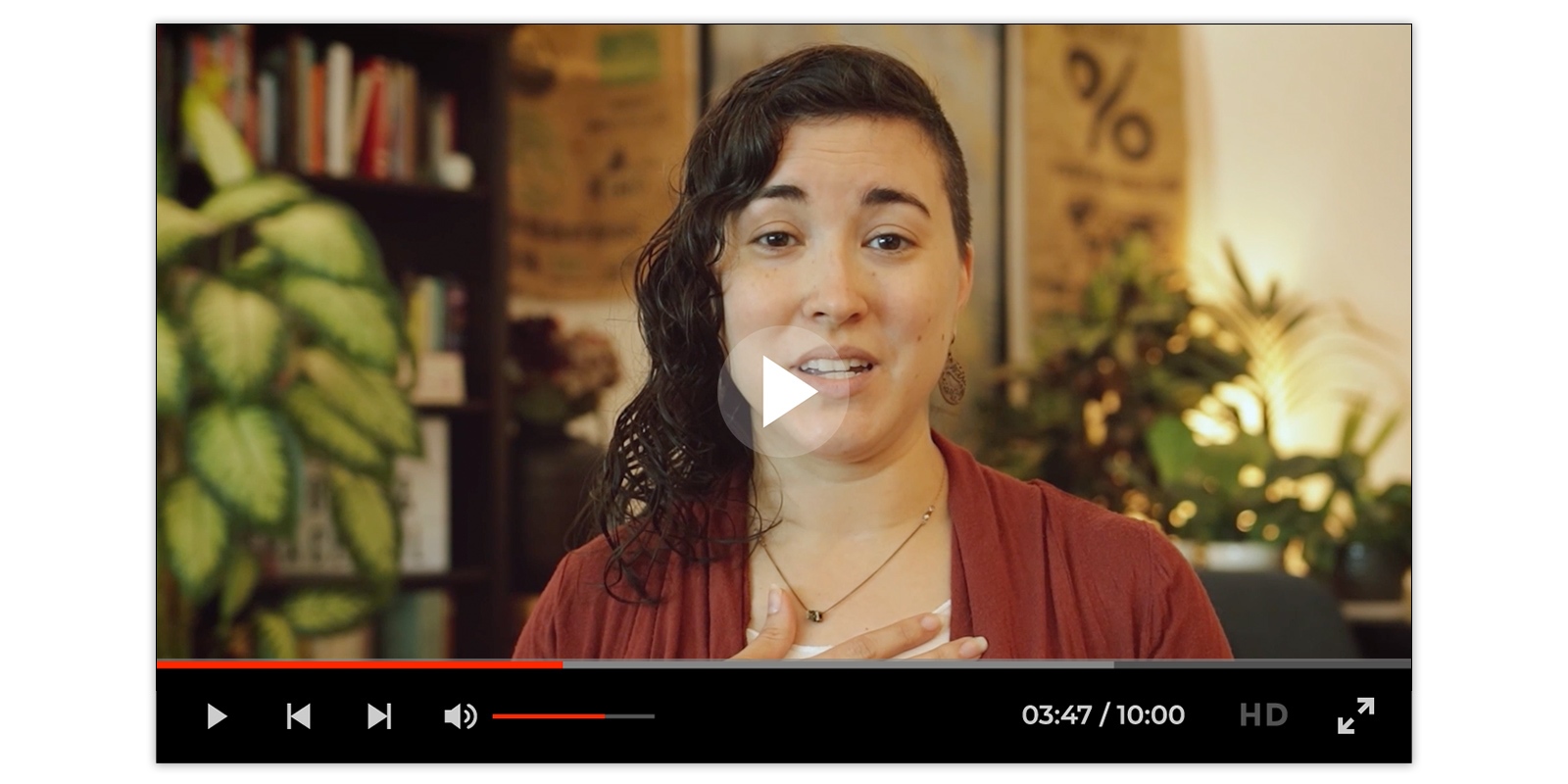By Bridgette Byrd O’Connor, OER Project Team
Take a moment to think back to what made you decide to become a social-studies teacher. Did a particular historical event pique your curiosity? Maybe you read a historical narrative that led you to question the author’s interpretation of an event or era? Or perhaps it was some historical mystery that no one could solve? Maybe it was all the above! We can never truly know the past, and so many historical questions have an element of mystery and wonder to them. So how do we reveal this sense of wonder to our students? How can we present history not as a list of dates and facts but as a mystery waiting to be solved?
Fortunately, the Big History Project (BHP) course contains plenty of mystery and wonder—for you and your students! You can kick off the year with the History as Mystery activity and have your students figure out why a group of Romans buried in Britain lost their heads. Or you could start with the Easter Island Mystery activity and ask students to develop a theory explaining Rapanui’s population decline. If you’re a World History Project (WHP) teacher, you might take a different approach to instilling a sense of wonder in your students. Each WHP “flavor” (Origins, 1200, 1750, and AP®) begins with a Draw Your History activity, which asks students to draw a history of their lives. This is a great way to get some buy-in from your students and help them see how they’re part of the history they’ll be learning.

Starting the school year with Chimamanda Adichie’s Danger of a Single Story helps students understand how history is composed of many different narratives. By focusing on multiple historical narratives, we invite students to share their own history stories and recognize that our collective history is complex and diverse. As students progress through WHP, they will encounter lots of evidence that challenges the big narratives of world history. For example, WHP graphic biographies tell the stories of individual lives that often call into question some of the big claims and narratives in the course.

Another idea for instilling wonder while also sharpening students’ historical-thinking practices was inspired by UAE teacher Crissy Calera’s 2022 OER Conference talk. Crissy kicks off her school year with a question—“How do we know what we know?”—which is the central theme for the year. To introduce the question, she asks students to consider how they know things they might take for granted: How do they know what kind of music they like? How do they know their name? As students learn historical content, Crissy returns to this question, but in order to answer it, her students must dig deeper into the sources and use their claim-testing skills.
Both BHP and WHP have robust claim-testing practice progressions that ask students to use intuition, authority, and evidence to test claims they encounter in the course. But students are bombarded with claims all the time, whether they’re on TikTok or talking with their friends. Teaching students how to carefully evaluate historical claims will also help prepare them to reject the disinformation that plagues our modern world. And as a bonus for social-studies teachers everywhere, teaching students how to claim test also prepares them to evaluate historical sources. Claim testing for the win!
How do you instill wonder in your classroom? Head over to the OER Project Teacher Community to share your ideas. This is also where you’ll find numerous threads on how teachers have spiced up claim testing in their classrooms.
About the author: Bridgette Byrd O’Connor holds a DPhil in history from the University of Oxford and taught the Big History Project and World History Project courses and AP US government and politics for 10 years at the high-school level. In addition, she’s been a freelance writer and editor for the Crash Course World History and US History curricula. She’s currently a content manager for the OER Project.
Cover image: Milky Way over Ahu Tongariki, Easter Island. © Anne Dirkse / Moment / Getty Images.
 For full access to all OER Project resources AND our amazing teacher community,
For full access to all OER Project resources AND our amazing teacher community, 

